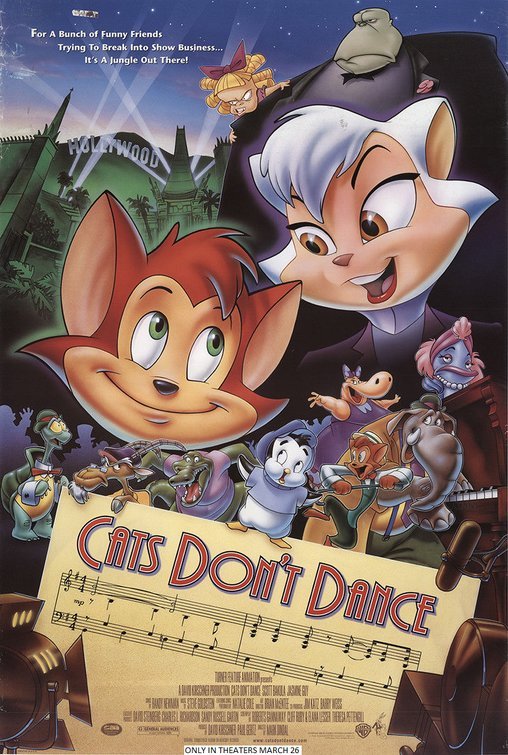
A Look at YouTube 20 Years After Its Launch
By Movieguide® Contributor
Twenty years after its debut, YouTube has become the premier destination for entertainment, but how did it get here and what is next for the giant?
The first YouTube video was posted on April 23, 2005 and featured 19 seconds of the site’s creator at the zoo. In December when YouTube received its full release, exiting the beta stage, it was already receiving over 2 million views per day. This number quickly skyrocketed and caught the attention of Google, who quickly closed a deal to acquire the site for $1.65 billion in November of 2006. Since then the site has been on a skyhigh trajectory as more features have enabled YouTube to become evermore popular.
Perhaps the most important feature to ever be added to the site came in 2007 when the platform introduced its Partner Program, ever since, creators who upload videos onto the site receive a portion of the ad-revenue generated by their videos. This allows creators to get paid for the content they produce, allowing them to go full-time and fund their video projects.
Another system that was added to the site during its early days that has allowed it to become so prolific is its Content ID system. While the system is controversial and has been the lament of millions of creators, it allows for copyright to be honored by videos uploaded to the site, demonetizing or removing videos that break copyright. This has allowed the site to remain in the good graces of every other media company by assuring them that their content cannot just be ripped and posted onto YouTube without their consent.
“What Content ID allows us to do is not just talk the talk [about copyright protection] but walk the walk,” said YouTube CEO Neal Mohan.
These two systems alone, allowed the platform to become a mainstream source of entertainment with tens of thousands of hours of content uploaded to the site every day. While this already made it a player in the entertainment industry, the addition of YouTube TV would make it a real threat to its competitors.
YouTube TV launched in 2017, allowing subscribers to pay for access to cable through the internet. While many households were still paying for cable through their TV at the time, this would not last for long as millions began to cut cords and only pay for streaming. While YouTube TV was able to grow a modest audience at this time, its popularity would really take off in December of 2022 when it was announced that YouTube TV had acquired the rights to NFL Sunday Ticket, allowing users to stream the majority of regular season NFL Games through the platform.
This boosted the platform to become the largest provider of streaming content, beating out Netflix and Disney+, a title it has held going on two years, per Nielsen.
Meanwhile, the platform continued to grow its reach in forms of new media, adding YouTube Shorts in 2020 to directly compete with TikTok while also aggressively expanding its live streaming service to become a major player in that field.
Today, YouTube is undoubtedly one of the largest players in the entertainment business, being a major concern for everyone else in the industry, while also serving as their partner to help them promote their content. Furthermore, more and more media companies are turning to YouTube to identify rising stars and capitalize on the audience their creators have already garnered.
YouTuber Jimmy Donaldson – better know as Mr. Beast – for example recently concluded his game show on Amazon Prime Video which dominated the streamer’s charts for weeks as new episodes were released.
The company continues to have its sights set on newer highs as it continues to improve all of its features. Recently this has meant integrating AI into the platform and continuing to push the use of the platform on TVs.
“AI has long been a part of our journey, from powering recommendations to producing captions to helping us identify and remove harmful content,” Mohan said in February. “As we look ahead, we’ll continue investing in AI tools that empower creators and artists throughout their creative journey.”
Related: 2 Billion People Watch YouTube a Month
As the platform celebrates its 20 year anniversary, it is clear that the sky is the limit and it will continue to push to newer heights as it continues its domination of the entertainment space.
Movieguide® previously reported:
YouTube revealed it is testing a new feature for its TV service that would allow users to continue audio playback of content while away from the video feed.
While the ability to continue audio playback while away from the video has long been available to premium subscribers, this feature has only recently been tested for YouTube TV subscribers.
“I can confirm that we are running an experiment that enables YouTube TV playback to continue after the phone screen is locked for Android and iOS mobile users,” Allison Toh, a product communications manager for YouTube, told The Verge. “If a viewer has the YouTube TV app on and then goes to lock their phone, playback will continue. If users want to avoid background playback, they can pause the video before locking their phone.”
This feature, if it were to be fully implemented, would be useful for those hoping to listen in on live TV events, such as the play-by-play of a football game while using their phone for something else, like GPS or directions.
The feature is currently available for select iOS and Android users and does not have a timeline for when, or even if, it will be fully rolled out.



 - Content:
- Content: 

